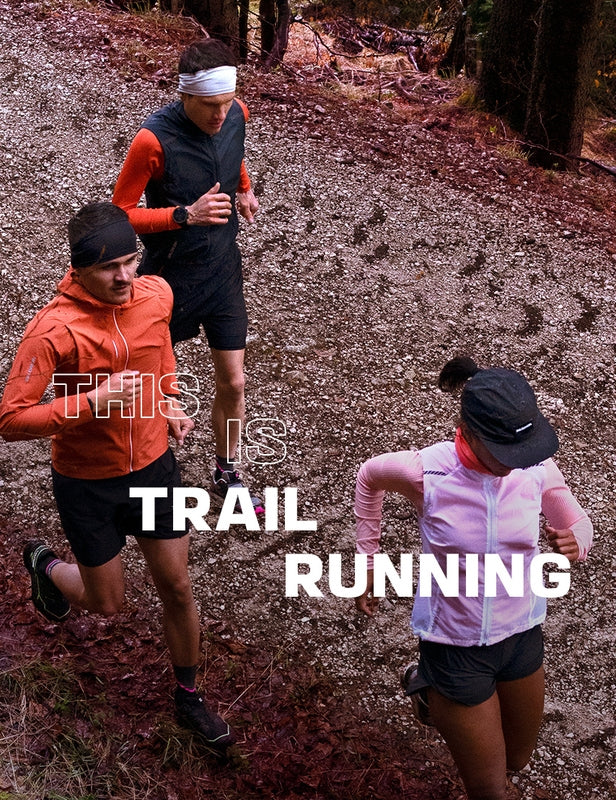HOW TO STAY HYDRATED WHEN HIKING
When you’re active and doing sports, you use the water in your body to facilitate vital functions and regulate body temperature. Depending on your profile (height, weight, age, medical history…), the environment where the activity takes place (outside temperature, humidity level, altitude…), and intensity and duration of your effort (hours/days/several days) your body will expend a certain amount of water through perspiration, urination and breathing. That’s why it’s important to recover this water loss through hydration.
Whatever the season, location or duration of your hike, hydration is an essential element that shouldn’t be overlooked in your preparation. Here’s what we recommend.
BEFORE THE HIKE
Your backpack is filled with all the gear you need for your hike and ready to go. Perfect. But before you head out for a few hours, a day or several days you need to determine how much water you will need to drink. To do this you’ll need to factor in the duration and difficulty of your route, the climate, altitude gain (keeping in mind that the humidity of the air decreases as you gain altitude) and the day’s forecast.
- Think about locating places where you’ll be able to replenish your water supply along the route so you won’t have to overload your pack. But make sure to take some water with you to start with.
--- Our hiking backpacks for WOMEN | for MEN - Begin hydrating an hour or two before you start your hike, especially if you leave early in the morning in which case you’ll need to compensate for overnight water loss.
Keep in mind that it’s better to drink water than sodas or energy drinks. These drinks often contain loads of sugar which accelerates dehydration.


DURING THE HIKE
While you’re walking, drink regularly. Don’t wait until you feel thirsty to drink water.
A minimum of 1.5 liters (1.6 quarts) of water per day per person is recommended to compensate for the water you lose during the hike. This amount is dependent on your profile and your hiking. project.
Be careful not to over hydrate! If you drink more water than you need, your sodium level (which regulates nerves and muscular functions) becomes diluted by the water, which leads to a drop in its concentration in the blood, which could, in extreme cases, have serious consequences on your health.
Our advice: drink small amounts at regular intervals.


AFTER THE HIKE
When you’ve returned from your hike and the physical effort is over, keep hydrating so you’ll fully recover. You may need a one or two more liters of water to get your body fluids back to normal.
HYDRATION SYSTEM OPTIONS
There are several different systems available to facilitate hydration during your hike.
- The classic water bottle! There are loads of different models, formats and materials for you to choose from. Keep your water bottle in a place where you can easily reach it, either in an outside pocket or at the top of your pack.
- A soft reservoir that fits inside your backpack. The disadvantage of a soft reservoir is that because you can’t readily see it, it’s difficult to know how much water you have left.
- A soft flask that rides on the shoulder strap of your pack. Practical and lightweight, a soft flask allows you to rehydrate easily and efficiently without having to stop. Unlike a bladder inside your pack, you always know how much water is left in a soft flask.
-
Water purifier systems in the form of filters or tablets. These provide a way to replenish your water directly from streams while eliminating 99.999% of the bacteria. A purifier system allows you to carry less water at the start of your hike which means you’ll carry a lighter pack.
CHECK OUT ALL OF OUR HYDRATION SYSTEMS
Good hydration is one of the keys to a successful hike! Having the right gear is another. Need some advice? Check out our articles on how to choose your hiking backpack and how to choose your hiking boots.
Finally, we all appreciate our beautiful hiking trails so let’s take care of them! Bring along a small sack you can use to carry out your own waste as well as any other you might come across during your hike.
If we want to keep playing in nature, let’s play minded!




